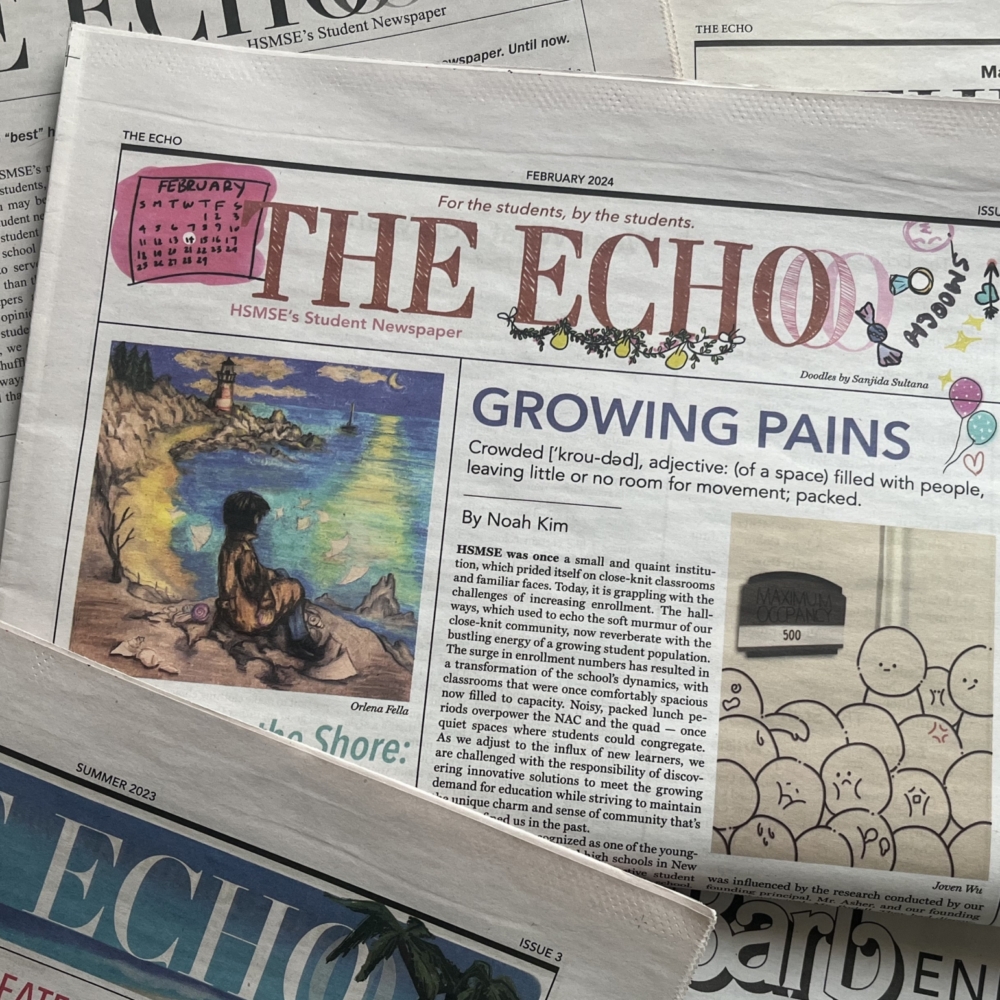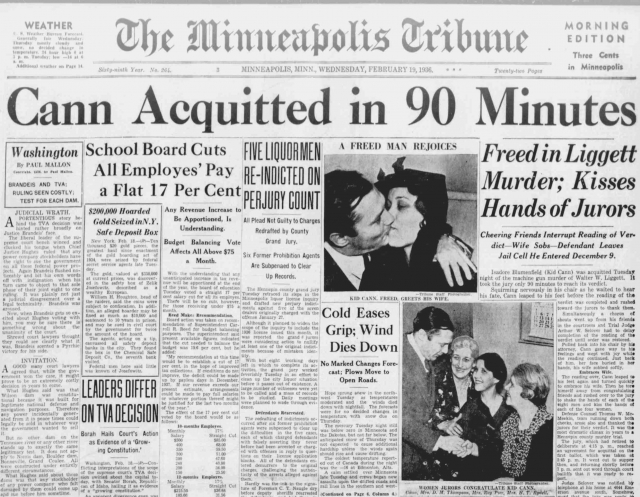Little Known Questions About News Articles.
Table of ContentsUnknown Facts About News ArticlesThe Best Strategy To Use For News ArticlesNews Articles - An Overview8 Easy Facts About News Articles DescribedOur News Articles PDFs
Good knowledge of different subjects offers trainees an one-upmanship over their peers. Although electronic and social media are easily available, we need to not forget how vital it is to read the newspapers. Moms and dads must try and instill the behavior of checking out a newspaper as an everyday regimen to continue the tradition of the revered print medium.Information stories also consist of a minimum of one of the adhering to crucial attributes about the designated target market: closeness, prestige, timeliness, human rate of interest, oddity, or repercussion. The relevant term journalese is often used, normally pejoratively, to describe news-style writing. An additional is headlinese. Newspapers typically stick to an expository writing design.
Within these limits, news stories likewise aim to be extensive. Among the bigger and more highly regarded papers, justness and equilibrium is a significant aspect in providing details.
Papers with a worldwide audience, as an example, often tend to utilize a more formal style of creating. The certain choices made by an information outlet's editor or editorial board are often collected in a style guide; common design guides include the and the United States News Design Book. The major objectives of news writing can be summed up by the ABCs of journalism: accuracy, brevity, and clarity.
All About News Articles
Generally, reporters will not make use of a lengthy word when a brief one will do. They make use of subject-verb-object building and dazzling, energetic prose (see Grammar). They supply anecdotes, examples and metaphors, and they rarely rely on generalizations or abstract concepts. Information authors attempt to avoid utilizing the exact same word greater than as soon as in a paragraph (sometimes called an "resemble" or "word mirror").
Headings often omit the subject (e.g., "Leaps From Watercraft, Catches in Wheel") or verb (e.g., "Pet cat female fortunate"). A subhead (additionally subhed, sub-headline, subheading, caption, deck or dek) can be either a subordinate title under the main heading, or the heading of a subsection of the post. It is a heading that precedes the major message, or a group of paragraphs of the main message.

Additional billboards of any of these types may show up later on in the short article (specifically on succeeding pages) to tempt further analysis. Such billboards are additionally used as guidelines to the write-up in other sections of the publication or website, or as advertisements for the item in various other publication or sites. Normal structure with title, lead paragraph (summary in bold), various other paragraphs (information) and call details.

Instance of a hard-lead paragraph NASA is proposing another space project. The spending plan requests about $10 billion for the task.
An "off-lead" is the 2nd most important front web page news of the day. To "bury the lead" is to begin the post with background information or information of secondary significance to the viewers, requiring them to review even more deeply into a post than they ought to have to in order to find the important points.
The 5-Minute Rule for News Articles
Common usage is that one or two sentences each create their own paragraph. Journalists typically describe the company or structure of a news story as an upside down pyramid. The necessary and most intriguing components of a tale are put at the start, with sustaining info adhering to in order of diminishing relevance.
It enables people to explore a topic to just the depth that their interest takes them, and without the imposition of information or subtleties that they can take into consideration irrelevant, but still making that details like this offered to extra interested viewers. The inverted pyramid structure additionally enables posts to be cut to any type of arbitrary size throughout layout, to suit the room readily available.
Some writers begin their tales with the "1-2-3 lead", yet there are lots of type of lead offered. This style inevitably starts with a "Five Ws" opening paragraph (as defined above), adhered to by an indirect quote that offers click for more to sustain a major element of the first paragraph, and after that a direct quote to sustain the indirect quote. [] A twist can refer to multiple points: The last tale in the news broadcast; a "happy" from this source tale to end the program.
Longer articles, such as magazine cover short articles and the items that lead the inside areas of a newspaper, are recognized as. Function tales differ from straight news in a number of ways.
News Articles - The Facts
The journalist frequently information communications with interview topics, making the item a lot more individual. A feature's first paragraphs commonly relate an appealing minute or occasion, as in an "unscientific lead". From the details of an individual or episode, its view swiftly widens to generalizations regarding the story's topic. The area that signifies what an attribute is about is called the or billboard.

The Editor's Tool kit: A Recommendation Guide for Beginners and Professionals (2001) Allan M. Siegal and William G. Connolly. The New York City Times Handbook of Style and Use: The Official Design Guide Used by the Writers and Editors of the Globe's A lot of Authoritative Paper (2002) M. L. Stein, Susan Paterno, and R.